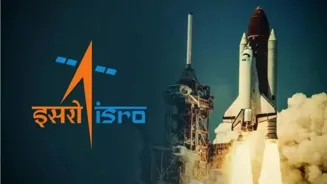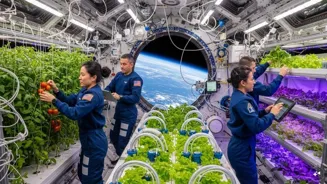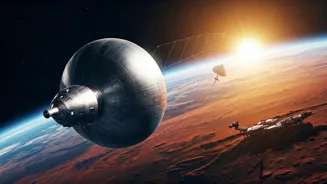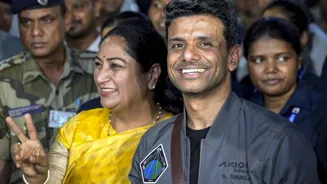10 Historic Space Missions: A Desi Twist" - Explore milestones that shaped our universe with a touch of India. Read more!
From the initial dreams of touching the stars to the reality of exploring distant
planets, space missions have dramatically reshaped our knowledge of the cosmos. India, too, has made giant strides in space exploration with missions like Chandrayaan and Mangalyaan. Here’s a look at ten historic missions that truly expanded humanity’s understanding of the universe, presented with a desi twist:

Sputnik 1 launch sparks global space race, changing Earth's perspective
Imagine the '50s, radios tuned to All India Radio, and then bam! The Soviet Union launches Sputnik 1, the first artificial satellite. This tiny beeping sphere wasn’t about fancy pictures; it was about saying, "Hey, we are in space!
" It kick-started the space race, like a Bollywood drama's opening scene setting up a high-stakes competition. It showed the world that reaching for the stars was not just a dream, but a technological possibility.
This ignited imaginations globally, including in a newly independent India that was just beginning to find its footing. Sputnik was the initial push, the first step in a long journey that would eventually lead to humans setting foot on the Moon and beyond.
It fundamentally altered our perspective, proving that Earth was no longer the boundary, merely a launching pad. It created an urgency among scientists and governments, that space was a new frontier to be conquered.
Yuri Gagarin's space flight revolutionized mankind's view of Earth
Yuri Gagarin becoming the first human in space was like when Amitabh Bachchan first appeared on the silver screen – a cultural phenomenon! Orbiting the Earth for 108 minutes, Gagarin's flight was not just a Soviet triumph, but a victory for all mankind. His words, "The Earth is blue… How wonderful.
It was a perspective shift of epic proportions. Suddenly, the Earth seemed smaller, more fragile, and utterly unique. Gagarin's journey proved that humans could survive in space, enduring the weightlessness and extreme conditions.
It also highlighted the intense rivalry between the US and the Soviet Union, a drama played out amongst the stars. The Vostok mission laid the groundwork for future human spaceflights, inspiring generations to pursue careers in science, technology, engineering, and mathematics (STEM).
India too, looked at this with a mixture of excitement and determination.
Neil Armstrong's Moon landing symbolized human achievement and sparked global interest in space exploration
Neil Armstrong taking that first step on the Moon was a moment etched in history, more memorable than a Rajinikanth movie dialogue! The visuals were grainy, but the message was crystal clear: humans had broken free from Earth’s gravity and planted their flag on another celestial body.
It was like winning the World Cup final after years of hard work. Apollo 11 wasn't just about the American flag on the lunar surface; it was about proving the seemingly impossible was achievable with determination, technology, and a dash of crazy ambition.
India, with its own burgeoning space program, watched closely, learning valuable lessons in mission planning, engineering, and the sheer audacity of reaching for the stars.
The mission sparked a global fascination with space, fueling advancements in materials science, computing, and communication technologies.
Voyager probes redefine space exploration with epic journey
Imagine sending a couple of ambassadors into the unknown, packed with information about Earth. That's Voyager 1 and 2! These probes, launched in 1977, are still travelling, and have sent back stunning images and data from Jupiter, Saturn, Uranus, and Neptune.
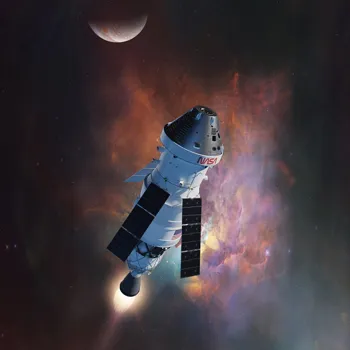
Their grand tour forever changed our understanding of these giant planets and their moons. The Voyager probes carried the Golden Record, a message to any potential extraterrestrial civilizations, a kind of cosmic "Atithi Devo Bhava.
" They showed us that the solar system was far more diverse and dynamic than we had ever imagined, with active volcanoes on Io, ice geysers on Enceladus, and complex ring systems around Saturn.
These missions are a testament to human ingenuity and our insatiable curiosity to explore the vastness of space. The Voyager mission truly expanded what was thought possible and gave us glimpse into the distant reaches of our solar system.
Hubble revolutionized space imaging, inspiring scientific exploration
Before Hubble, space images were like watching a pirated movie – blurry and unclear. Hubble gave us crystal-clear pictures of galaxies billions of light-years away, revealing the universe's beauty and complexity. It's like upgrading from a black-and-white TV to a 4K OLED screen.
Hubble's observations have helped determine the age of the universe, study the formation of galaxies, and discover planets orbiting other stars. It has provided evidence for the existence of supermassive black holes and helped unravel the mysteries of dark matter and dark energy.
The telescope has revolutionized astronomy, moving it from theoretical models to observational proof. Its images have inspired and captivated people worldwide, turning space exploration into an artistic and scientific endeavor.
India's own space telescopes aspire to achieve similar feats, building on the legacy of Hubble.
Sending rover to Mars: Pathfinder mission rekindled Mars exploration, paving way for future missions
Sending a rover to Mars felt like sending a family member on a vacation – exciting and a little nerve-wracking. The Mars Pathfinder mission delivered the Sojourner rover to the Martian surface, providing the first close-up images and data from the red planet.
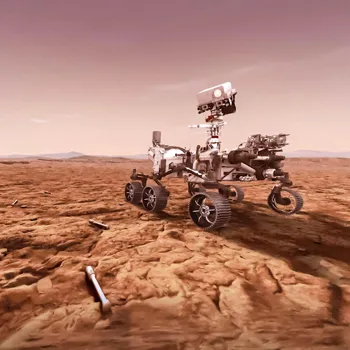
Sojourner was like the inquisitive child on a family trip, exploring the Martian rocks and soil, gathering information about the planet's geology and history.
This mission rekindled interest in Mars exploration, paving the way for future missions like the Mars rovers Spirit, Opportunity, Curiosity, and Perseverance. It gave us hope in the possibility of extraterrestrial life, one small step at a time.
The Pathfinder mission’s success was a testament to the power of miniaturization and automation, allowing for more complex and ambitious space missions.
The ISS promotes global collaboration in space exploration
The ISS is like a giant, floating laboratory built by multiple countries working together – a symbol of international collaboration.
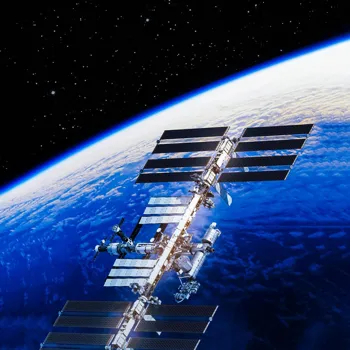
It’s a place where astronauts from different nations conduct experiments in microgravity, from studying the effects of space on the human body to developing new technologies. The ISS has allowed for long-duration space missions, pushing the boundaries of human endurance and adaptation.
It has also fostered scientific advancements in fields such as medicine, materials science, and engineering. The ISS has served as a stepping stone for future missions to the Moon and Mars, providing practical experience in living and working in space.
India has also had astronauts visit ISS, the station has encouraged global cooperation in space exploration, showing that even rivals can collaborate for the sake of scientific progress.
India's Chandrayaan-1 mission showcased India's space prowess and inspired future exploration
Chandrayaan-1, India's first lunar probe, was like India announcing its arrival on the global stage of space exploration. It didn't just orbit the Moon; it discovered evidence of water molecules on the lunar surface, a game-changing discovery!
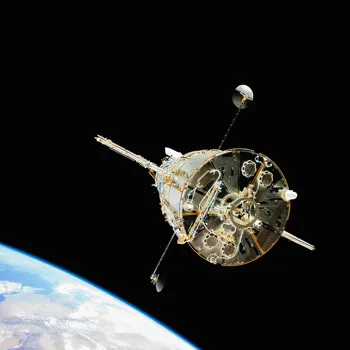
This mission demonstrated India's technological capabilities and its ambition to explore the solar system. Chandrayaan-1 inspired a new generation of Indian scientists and engineers, boosting the nation's space program.
It proved that India could achieve significant scientific milestones with limited resources and innovative solutions. Chandrayaan-1's success led to follow-up missions like Chandrayaan-2, which further advanced India's understanding of the Moon.
India’s success led to inspiration in other developing countries to also make progress in astronomical work.
Curiosity rover's discoveries on Mars fuel hope for extraterrestrial life
Curiosity is like a super-smart detective roaming the Martian surface, searching for clues about whether Mars could have supported life. Its sophisticated instruments have analyzed Martian rocks and soil, finding evidence of past habitable environments.
Curiosity has shown that Mars had liquid water, organic molecules, and other conditions that are favorable for life. It has also discovered evidence of ancient rivers and lakes, painting a picture of a warmer, wetter Mars in the past.
The rover has captivated the world with its stunning images and scientific discoveries, fueling the search for life beyond Earth. Curiosity continues to explore Gale Crater, revealing new insights into the history and evolution of Mars.
The mission brings us closer to answering humanity’s ultimate that is we are not alone in the universe. The rover has made us discover new facts as well.
The Parker Solar Probe is like a daredevil on a motorcycle, riding closer to the Sun than any spacecraft has ever ventured. It's designed to study the Sun's corona, the outermost part of its atmosphere, and unravel the mysteries of solar wind. The probe endures extreme temperatures and radiation, getting a detailed look at the Sun's magnetic field and plasma. Parker Solar Probe has provided unprecedented insights into the Sun's behavior, helping us understand space weather and its impact on Earth. Its data will protect our satellites and power grids from solar storms. This mission is pushing the boundaries of engineering and technology, showing what we are capable of achieving with focus and ingenuity. The Parker Solar Probe helps us understand the Star and also discover facts about climate.
These ten missions are just a start. As technology advances, who knows what incredible discoveries await us in the vast expanse of the universe? One thing is sure: the human spirit of exploration will continue to drive us forward, reaching for the stars and expanding our understanding of the cosmos.
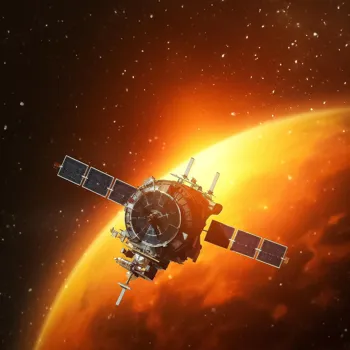
Perhaps one day, an Indian astronaut will be the one to make the next giant leap for mankind.
AI Generated Content. Glance/InMobi shall have no liability for the content
